Hanuman: The Revered Monkey God in Hindu Mythology
The revered monkey god Hanuman is one of the most iconic in Hindu mythology. He embodies unparalleled strength, unwavering devotion, and boundless...
Maya M. Tola 19 September 2024
Does anyone here live by the water? If you do, you will probably confirm that evenings have something transcendental when the moon reflects on the water and the air is so fresh… These things never change as we can clearly see in these 19th century Japanese woodblock prints.
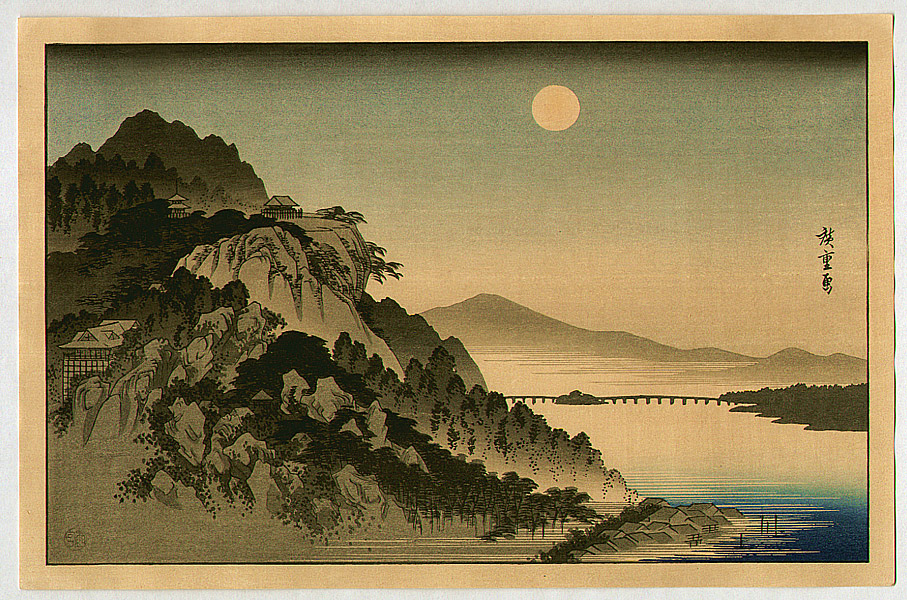
Utagawa Hiroshige ( 歌川 広重) is considered the last great master of the woodblock printing and painting tradition of ukiyo-e, which developed in the 17th century Edo, modern Tokyo. He is mostly known for his depictions of nature, which were, however, an unusual subject for ukiyo-e, which portrayed the world of courtesans, actors, and urban entertainment.
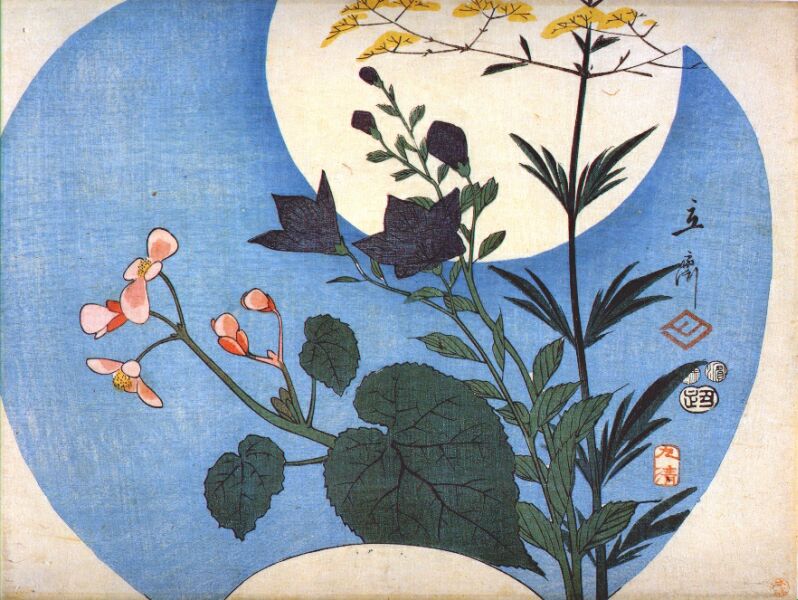
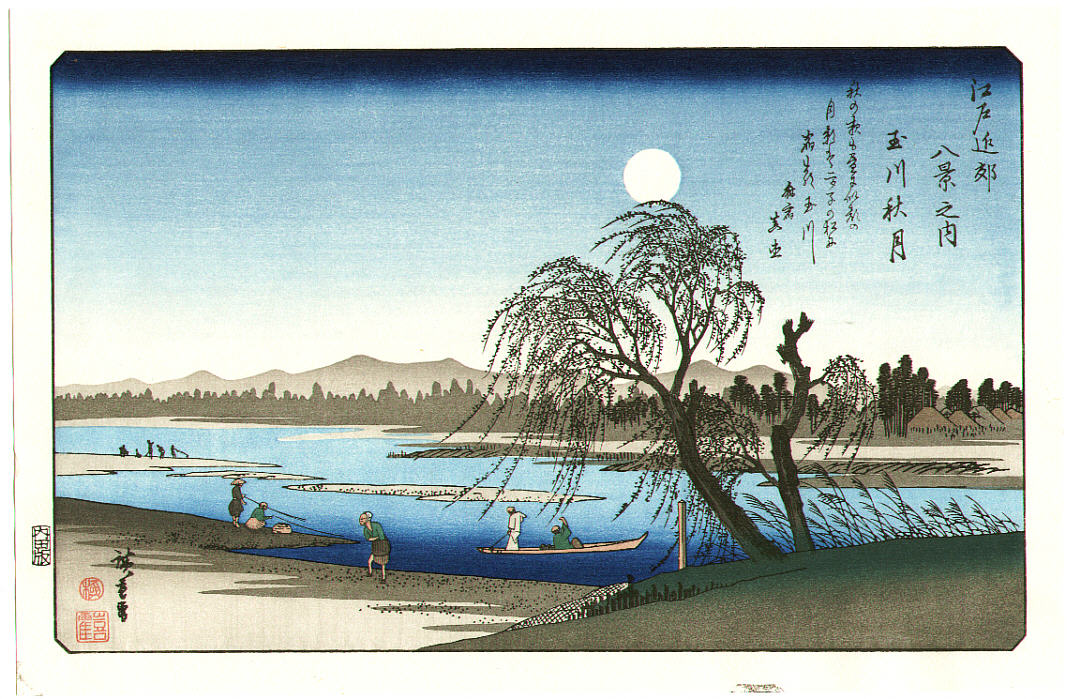
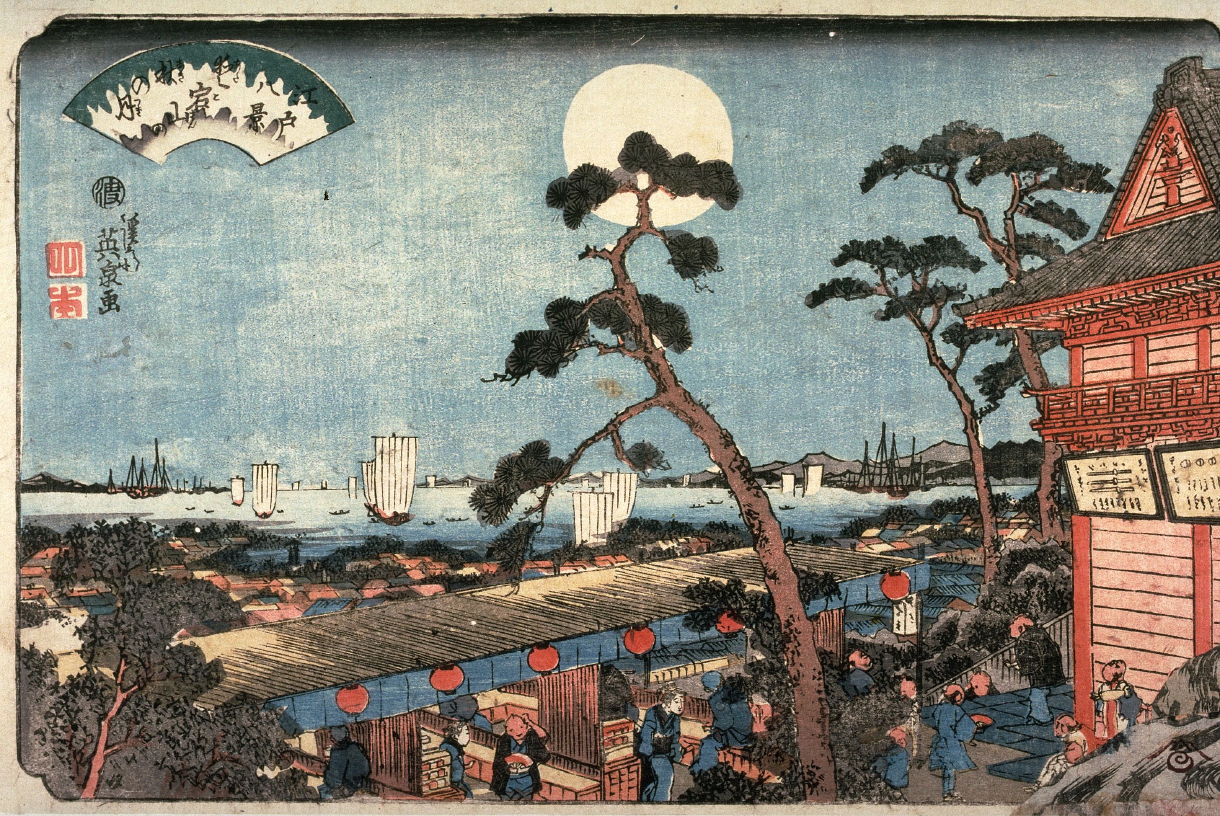
Keisai Eisen (渓斎 英泉) was seven years older than Hiroshige. His works focused primarily on portraits of beautiful women – bijin-ga. Perhaps that’s why he’s regarded as a master of the decadent Bunsei era, which lasted approximately from 1818 to 1830?
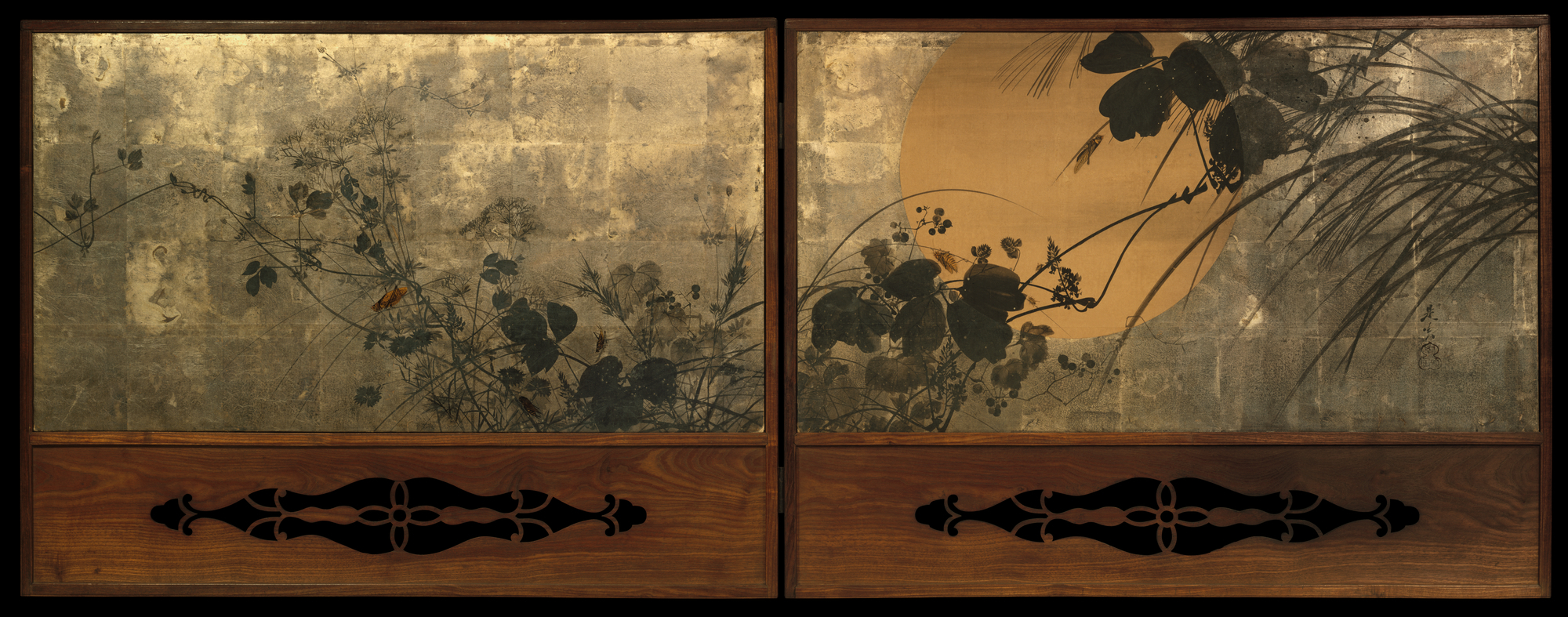
Shibata Zeshin’s (柴田 是真) art was not liked at all in Japan. He was considered an epigone of others who did nothing of his own, and a panderer to Europeans, who painted only what pleased the West. He worked slightly later than Hiroshige, active between the late Edo period and the early Meiji era, which began in 1868.
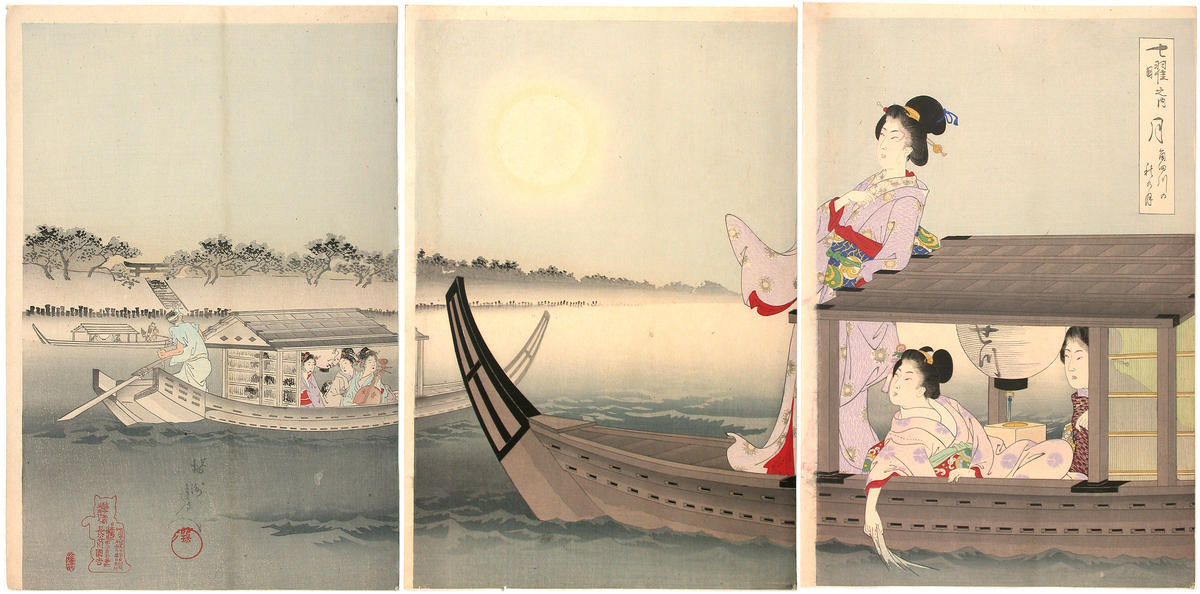
Toyohara Chikanobu (豊原周延), known to his contemporaries as Yōshū Chikanobu (楊洲周延) also worked during the Meiji period. He first served in the military in the famous Shōgitai corps. Following their surrender in the Battle of Ueno in 1868, he decided to make a living as an artist.
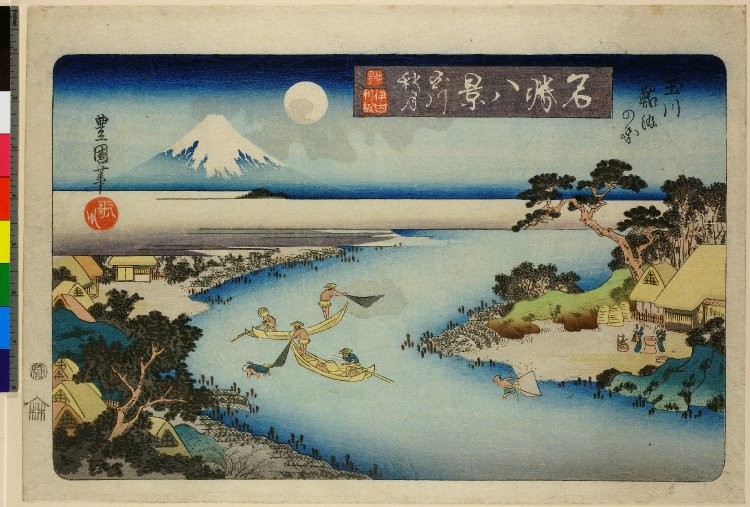
Utagawa Toyokuni II was adopted by another artist, Toyokuni I, he became his pupil and later his son-in-law (ah, these family links). He worked during the Edo period. Also before his teacher’s death in 1826 he used another name, Toyoshige (豊重), then he switched to simple Toyokuni (豊国) but another pupil of Toyokuni I, Kunisada, didn’t accept it and on top of that he declared himself the leader of Toyokuni school.
DailyArt Magazine needs your support. Every contribution, however big or small, is very valuable for our future. Thanks to it, we will be able to sustain and grow the Magazine. Thank you for your help!